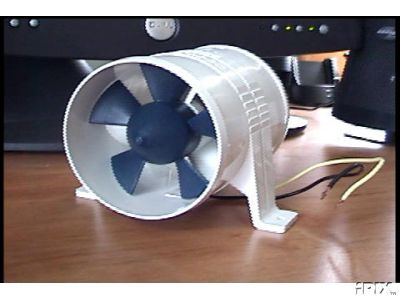Knebel
Senior Member
I just found this article and thought that sounded pretgy interesting. I wonder if this pretty much turns a cbody into a slug.
V8 to V4 Conversion: Get 40 Percent Better Gas Mileage
V8 to V4 Conversion: Get 40 Percent Better Gas Mileage




















